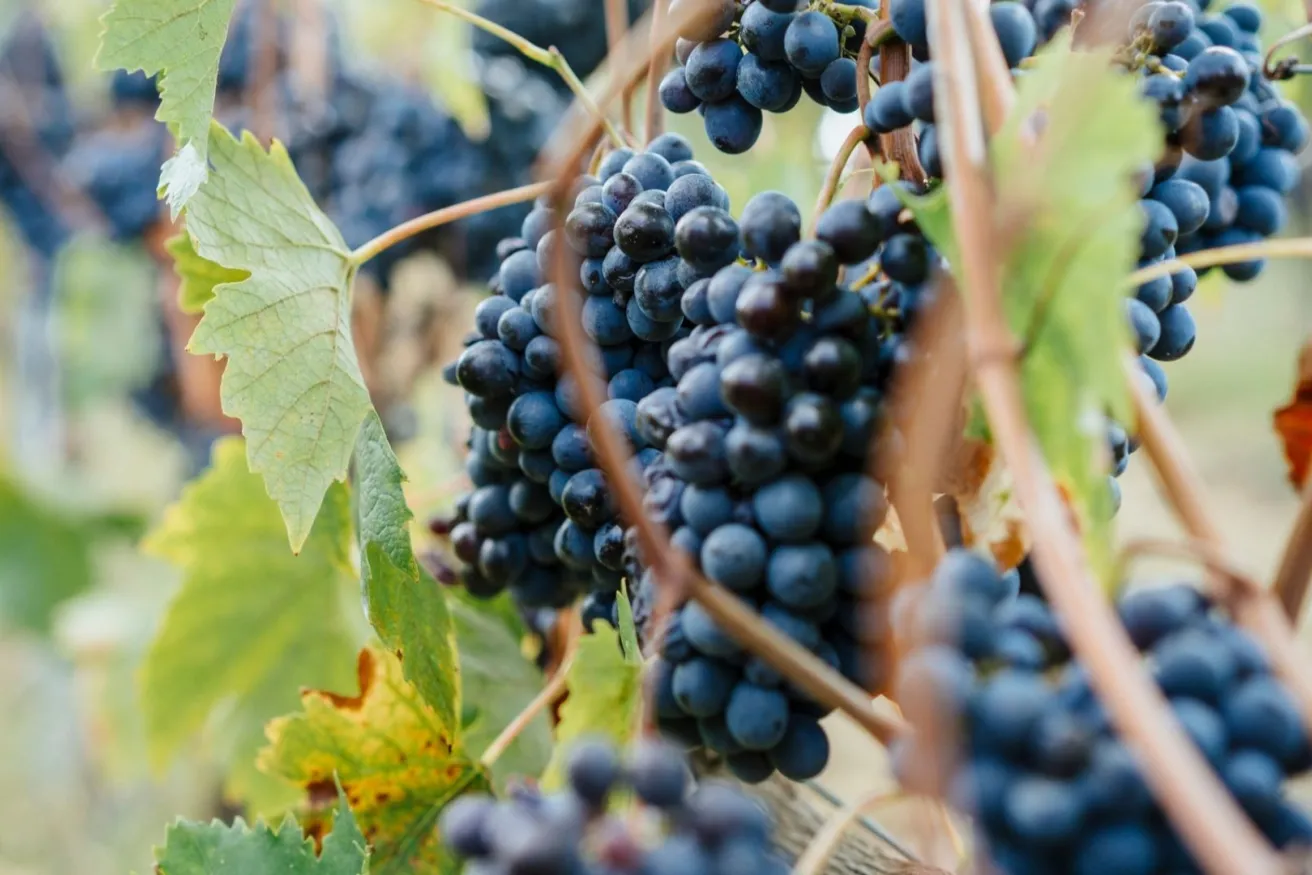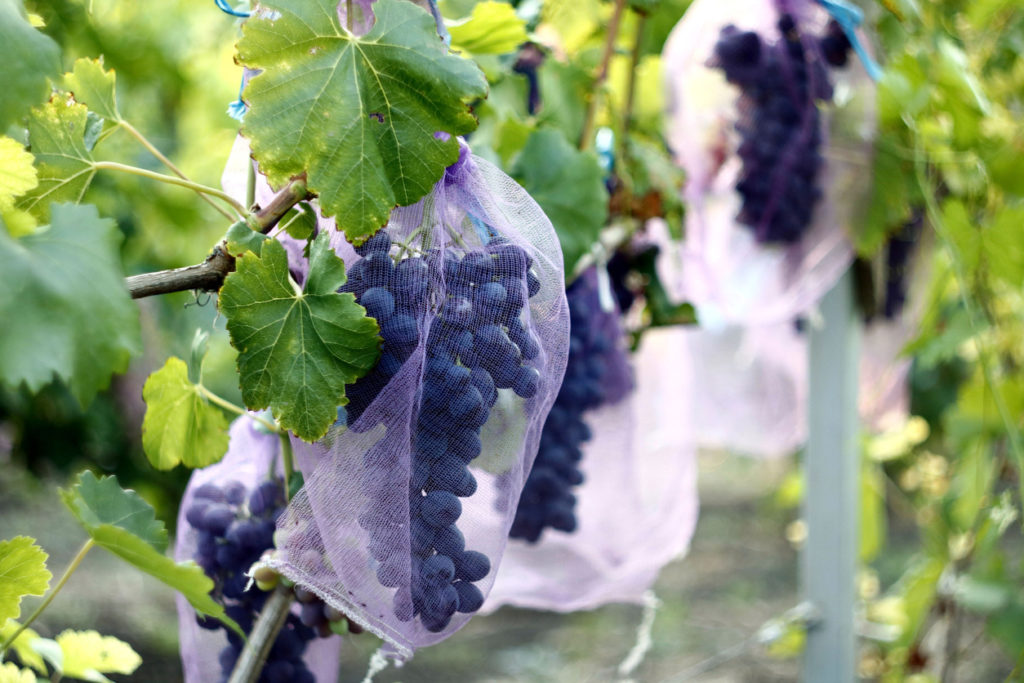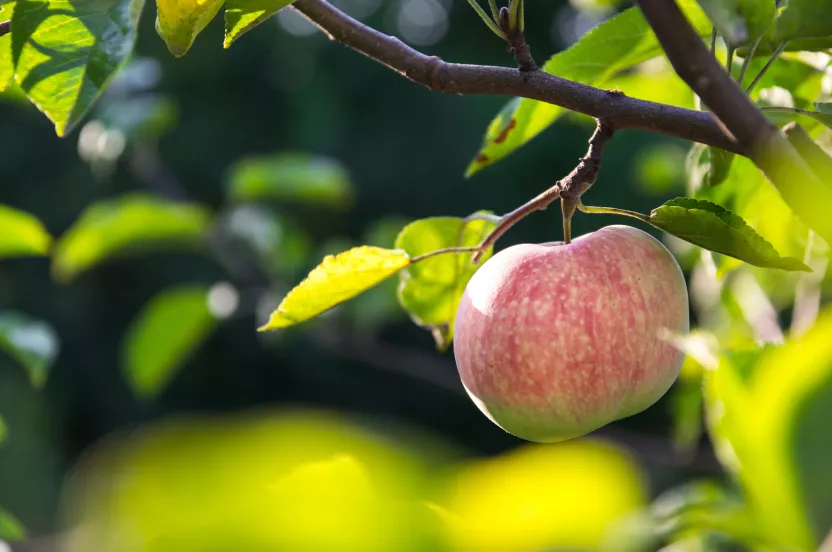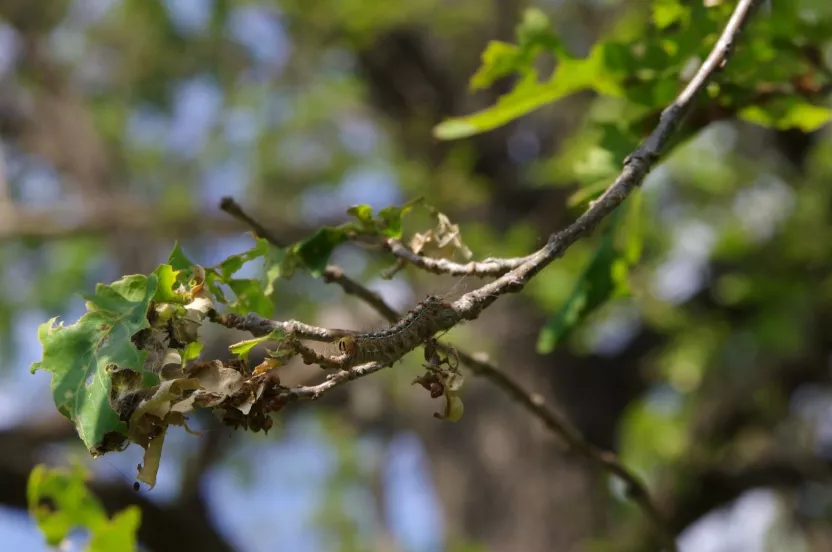The Arbor Day Foundation is pledging 10 million trees to areas impacted by hurricanes Helene, Milton Help us replant
How to Plant and Care for Grapes
Concord, Niagara, and Catawba are all native American bunch grapes. The grapes are used for the table, juice, jelly, jam and wine.
For grapes you must be particularly careful to match the type and variety of grape to the site's climate. We recommend that you consult with your local county extension service, local nurseries, or gardening neighbors for the best selections for your area.
Read Caring for Fruit Trees and Bushes: Blueberry
Choosing a Site
Light: Full Sun
Soil: Prefer a deep, acidic (low pH 5.0-6.5), well drained, sandy soil, but they tolerate a wide range of soil types except alkaline and wet. Organic matter content should range between 4-5 percent, but a highly fertile soil is not recommended. If the soil is too fertile, the vine grows too fast and doesn't bear well. If possible, do a soil test and amend the soil before planting.
Pollination: Self-Pollinating
Orientation: North-south rows maximize sun exposure. Northeast-southeast rows reduce sunburn problems in warm climates. The vines need full sun, because sunlight plays a major part in fruit sugar development. North-south rows maximize sun exposure. Northeast-southeast rows reduce sunburn problems in warm climates.
Other important considerations: Grape vines have a large leaf surface and are susceptible to fungal diseases. Good air circulation is important. Grapes like to be planted on a slope to help keep air moving and to prevent frost from settling. The best slope is to the east or southeast, but a south or southwest slope is also good. Planting parallel to prevailing winds increases air circulation. Protect from severe wind.
Trellis Creation: Please visit our Grape Trellis Creation and Training Page
The Best Low-Maintenance Fruit Trees
How to Plant Grape Vines
For best results, plant your grape vines in the spring. Once your plants arrive, plant them immediately. If you cannot plant immediately, keep new arrivals cool and roots moist. To keep cool, it is recommended that you store in refrigerator or cool place.
Keep new arrivals cool and roots moist. Rehydrate the roots by soaking in water for a few hours just before planting. Have your vine supports in place before planting. You can use a stake if no other support is available. Dig a wide, deep hole, so roots can be spread out completely. Cut off broken roots. Plant at the same depth as in the nursery, 6'-8' apart. Insert the stake carefully, so you do not injure the roots. Right after planting, prune back to the best cane with 2-3 healthy, living, fat buds (nodes). After the danger of spring frost is over and shoot growth begins, remove all but two of the strongest shoots. Remove all the flower clusters this first growing season. The goal in the first year is to establish the plant with strong roots and a straight trunk. Water after planting.
For best results plant your grape vines in early spring. Once your plants arrive plant them immediately. If you can’t plant immediately keep new arrivals cool and roots moist. To keep cool it is recommended that you store in refrigerator or cool place.
- Unpack and Soak: Unpack grape vine and soak in water for 3 to 6 hours just before planting.
- Cut Broken Roots.
- Dig Hole(s): The width of the hole should allow you to spread roots. If you are planting multiple grape vines dig holes 6'-8' apart.
- Spread Roots in Hole
- Shovel Dirt Back in Hole.
- Water: Give each plant 1"-2" of water. The plants are rather shallow rooted, so moisture needs to be at the surface. Do not let soil become dry to a depth of 6".
How to Protect Your Grapes from Wildlife
Birds love grapes. Netting is the most effective solution to prevent birds from consuming your crop. Net the grapes when they begin to change color. The grapes provide food for other wildlife, including squirrels, rabbits, raccoons, foxes, and opossums. The vines provide cover and nesting sites, and deer may browse the leaves and stems. Yellow jackets are attracted to the rotting fruit, so remove it promptly. Watch out for snakes that can hang among the vines.






